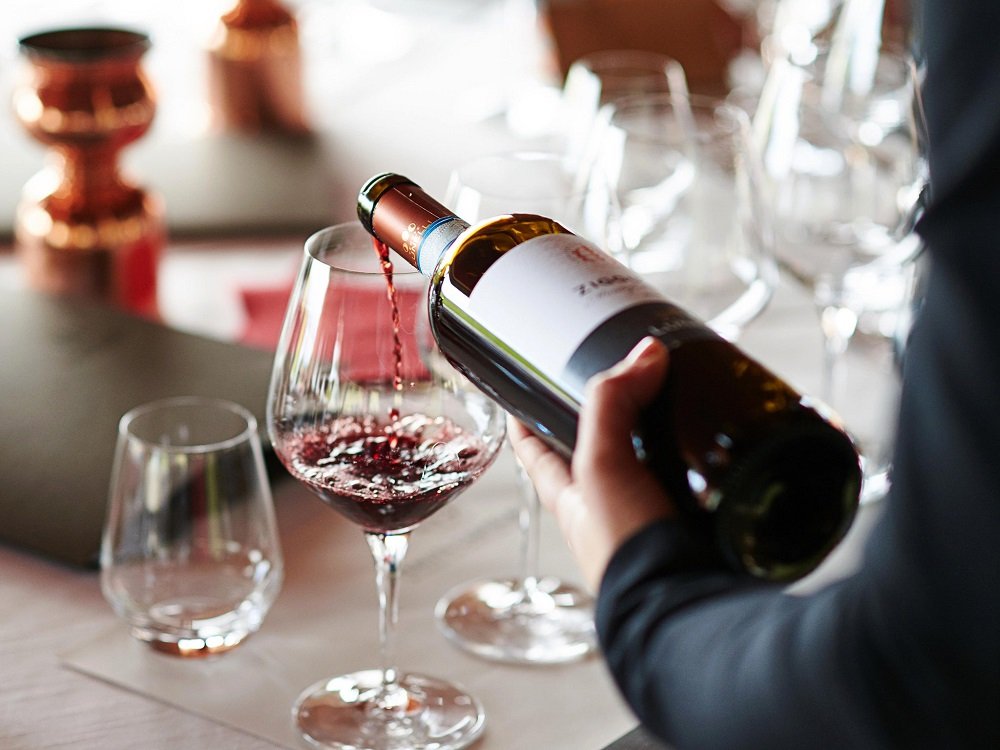
3 Practical Tips for wine Tasting
If you are about to attend a wine tasting party or event, you may not have a clue on how to act or even what to look for. You may even be wondering if tasting wine will really turn out to be such an unforgettable experience. In other words, how do you become an expert at tasting wine and explore Wine Regions? There are actually 4 simple steps to wine tasting:
Look: For a start, you will need a full glass of each of the wines that you are about to taste. You should also have a dry mouth. Any time you are drying your mouth using a towel or by drinking water, make sure that your tongue does not touch the wine’s back. This can cause unpleasant problems later on.
Smell: In your first tasting, you may notice an aroma of some sort. This is the ‘peels’ that you get as a result of the sweetness of the wine. You will taste these peels very distinctly after the tasters have finished their tastings. So don’t be in a rush: Take your time in savoring the sensations that you get from these initial tastings.

Touch: The next step involves your touch which is also known as the primary aromas. In order to get a good feel of the wine’s texture, use your fingers. They are the least likely to affect the flavor, although some people prefer their forehands to be covered with a piece of cotton paper. It should also be possible to squeeze a lemon, orange or lime into your fingers for this step.
Acidity: Next, we’ll discuss acidity. Most people think of sharp and sour flavors in their wine tastes but actually there are 3 basic flavors – fruity (fruit), citric (vegetable) and malic (sour). Most wines are categorized based on the levels of acidity. There are also many other terms that are used to collectively describe acid wines such as light, medium and heavy acids.
Taste: Finally, we will talk about the taste. During the tasting, you should pay close attention to how each wine tastes as each person will be giving a different impression of it based on their personal tastes. Also remember that there are no correct answers to these tasting tests – it’s all a matter of opinion. Wine tastings will help you understand better what wine is like so be willing to try new ones!

As mentioned before, all wines have three main components – the fruit, the tannins and the alcohol. You can actually break down the components of a wine by testing it blindfolded – the only answer you will have is how it tastes with your tongue. If you get a correct answer, that means your taster noticed the aroma of the wine correctly! If you get an incorrect answer, then you must say goodbye to that wine because your taster did not notice the aroma at all.
Tasting notes will include fruity, fruit, berry, citrus, pepper, herb, and dryness. It should be said that while most wineries include all of these in their tasting notes, not all do. And don’t be confused if you see something listed that’s not part of these criteria. It doesn’t mean it isn’t good! You just need to keep in mind that the more wine you drink, the more you’ll become familiar with the various tastes.
A wine that leaves your palate dry may have too many tannins to your liking. Similarly, a wine that leaves your tongue too wet may not be as enjoyable as one that allows the flavors to seep through. These are just some of the basics of tasting wines and at tastings. Follow these tips, and you’ll have a much better experience than if you don’t pay attention to these basic factors.




